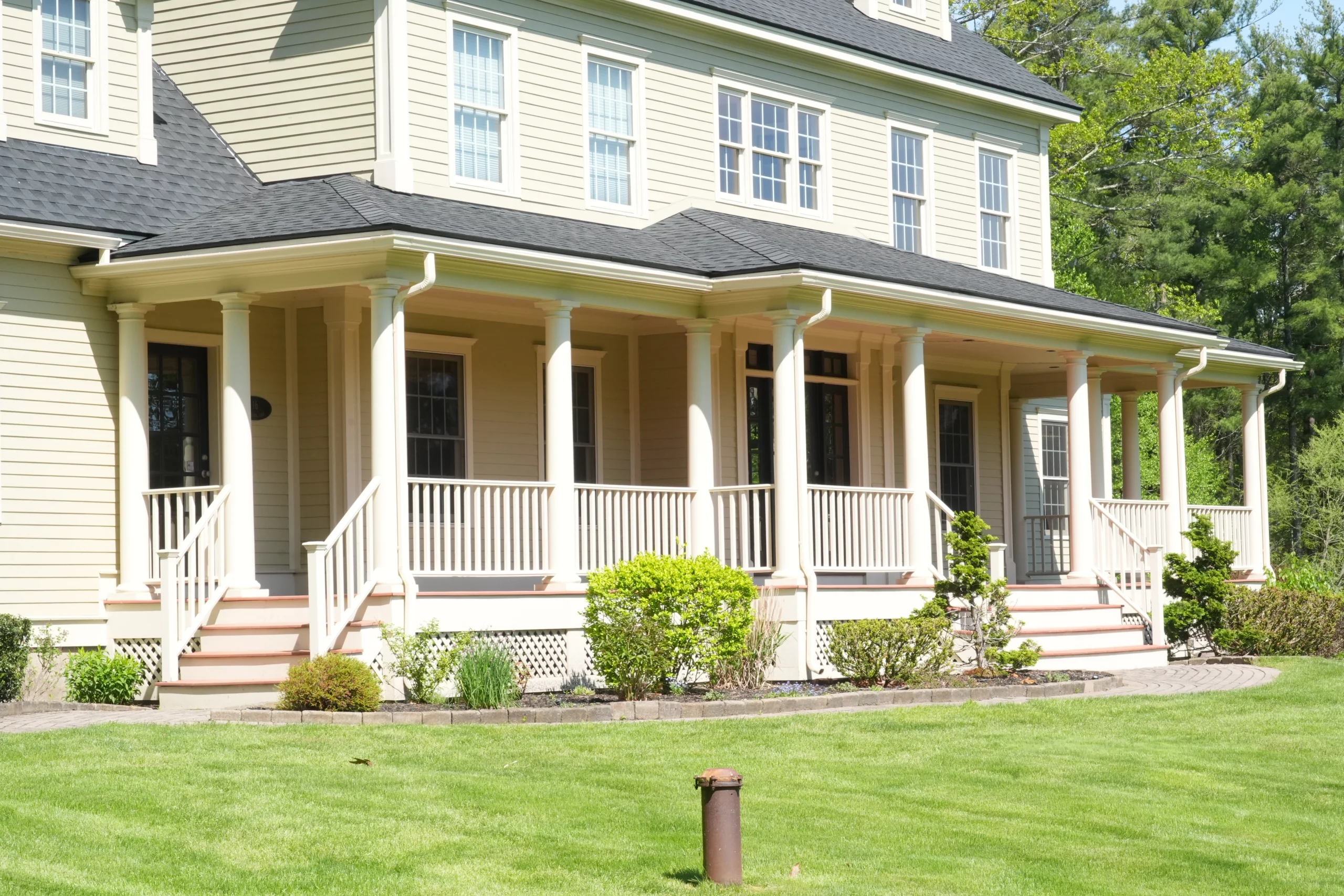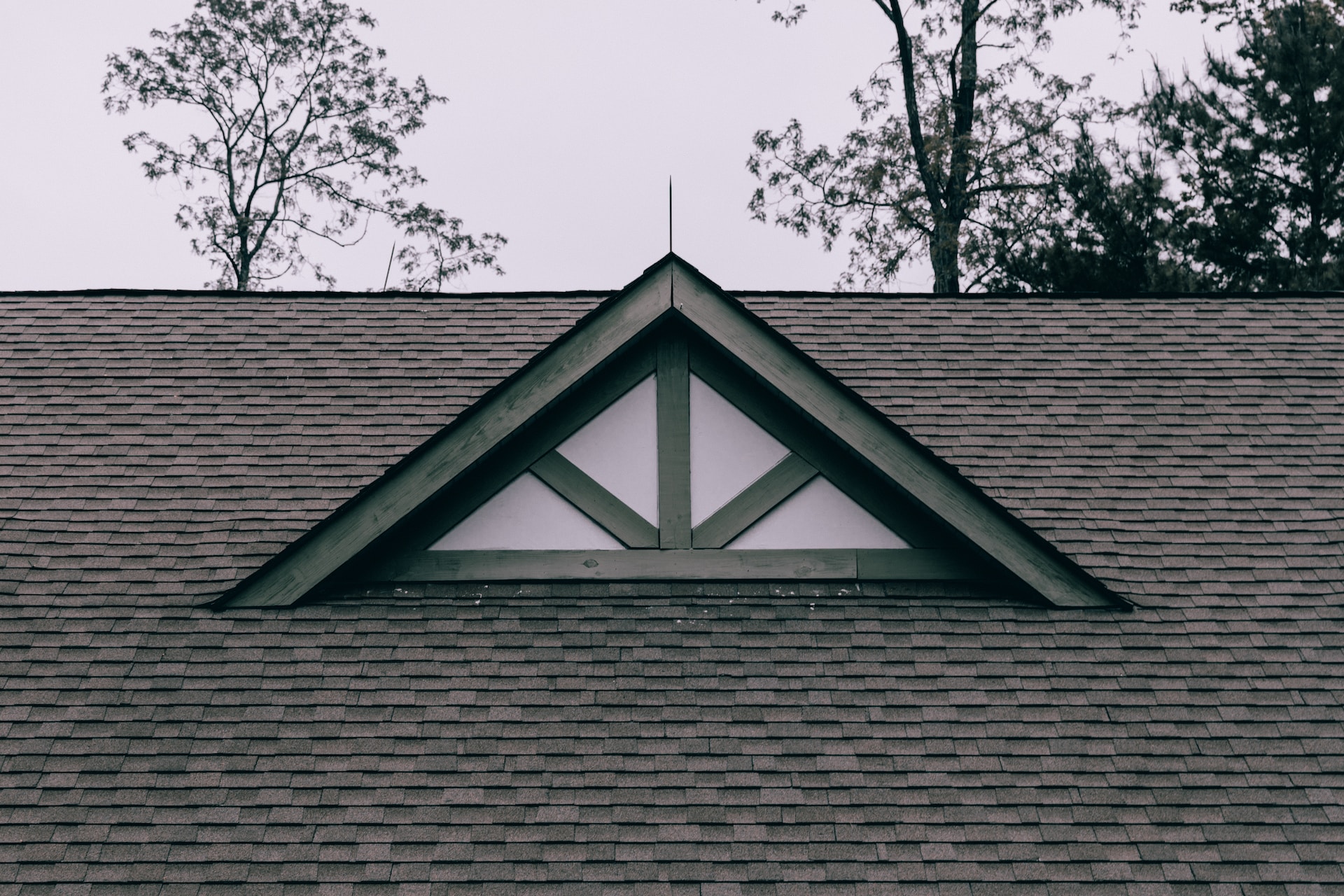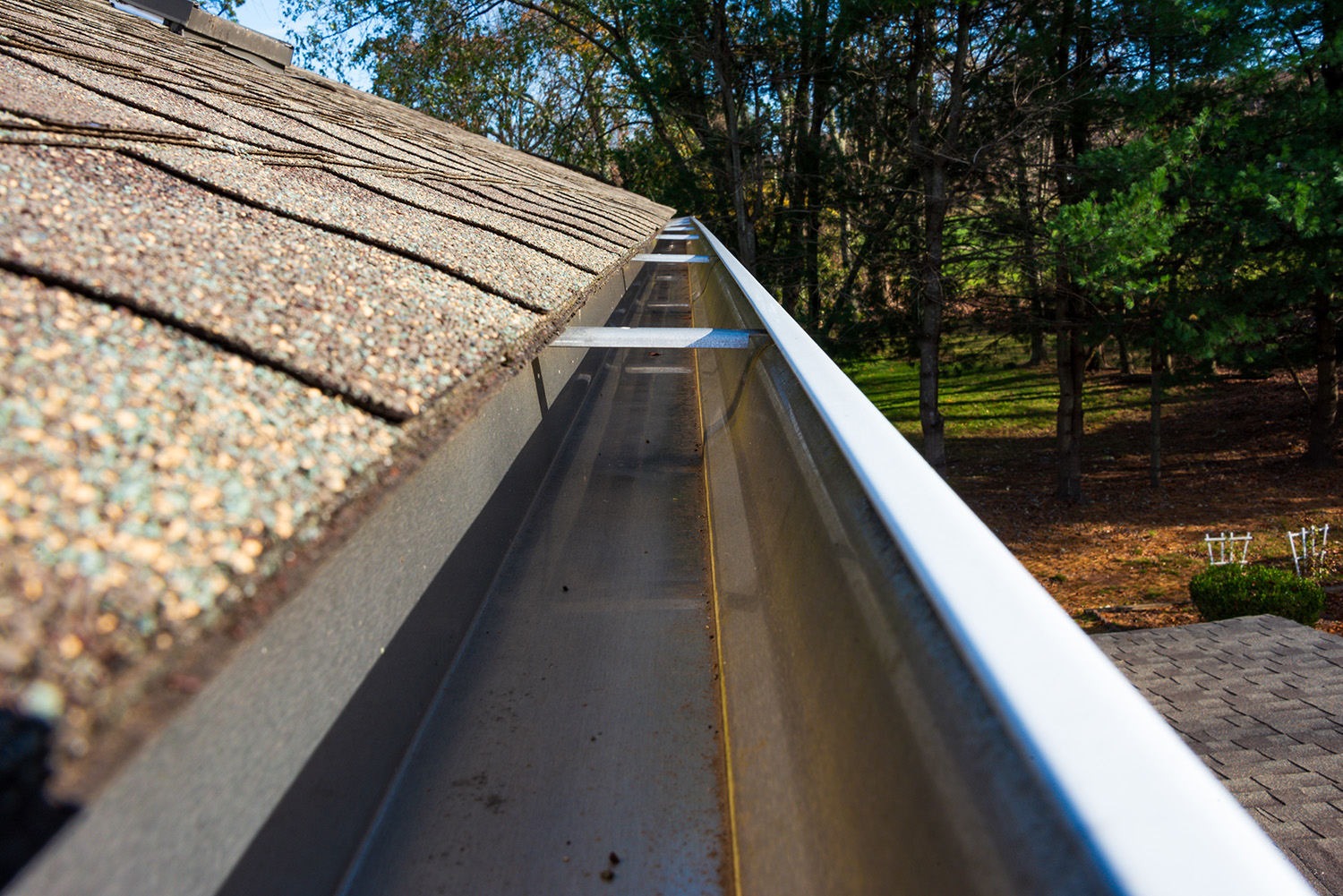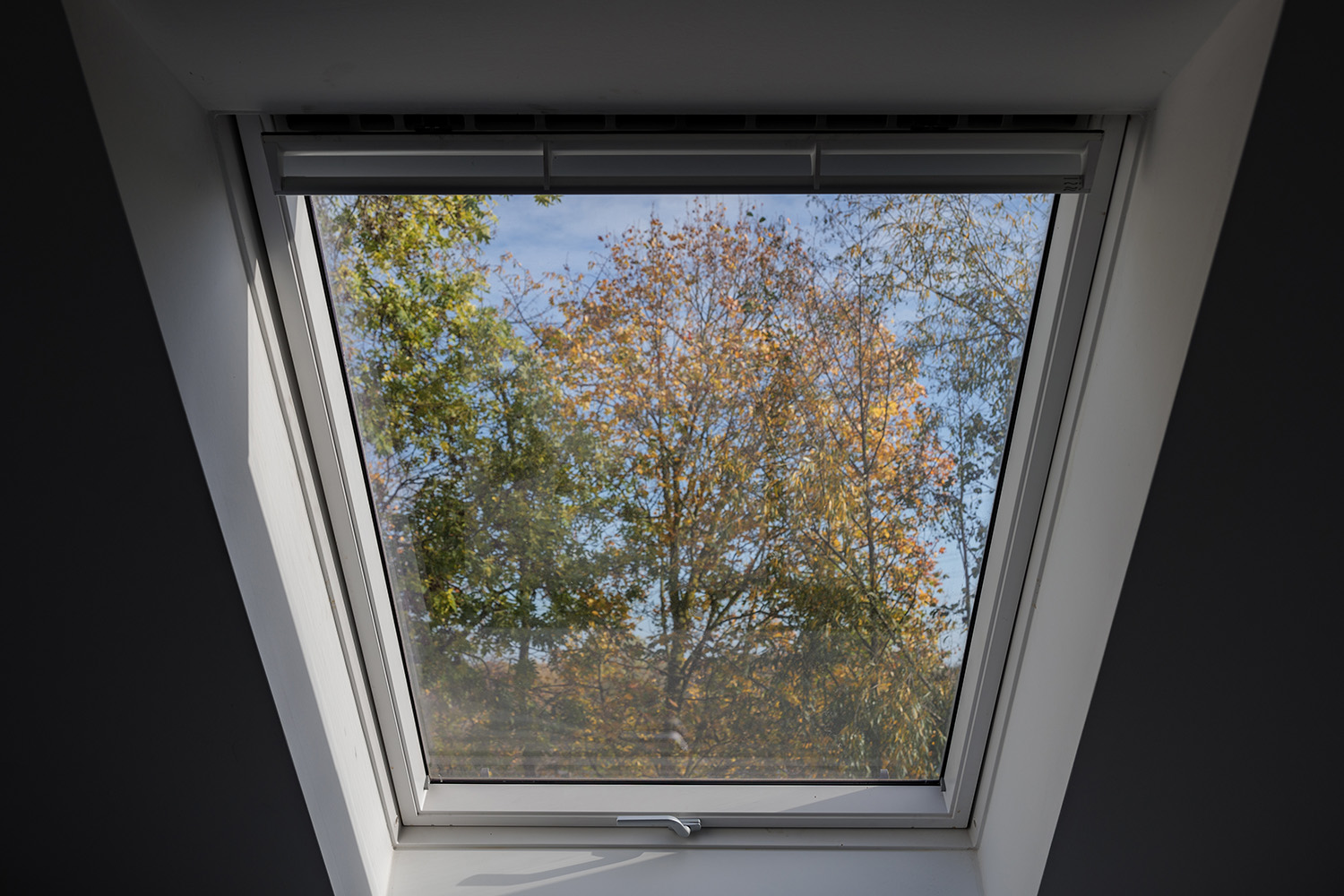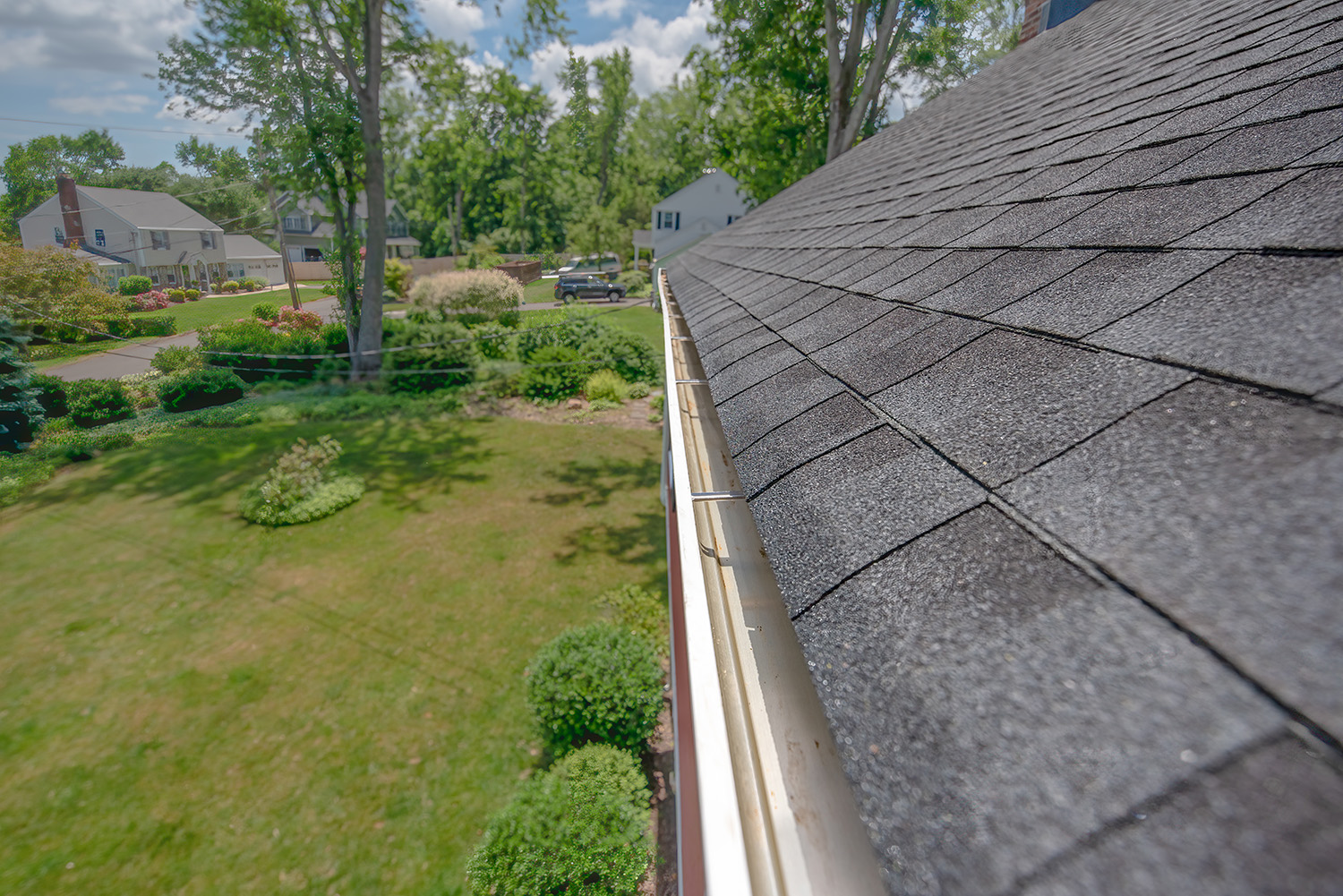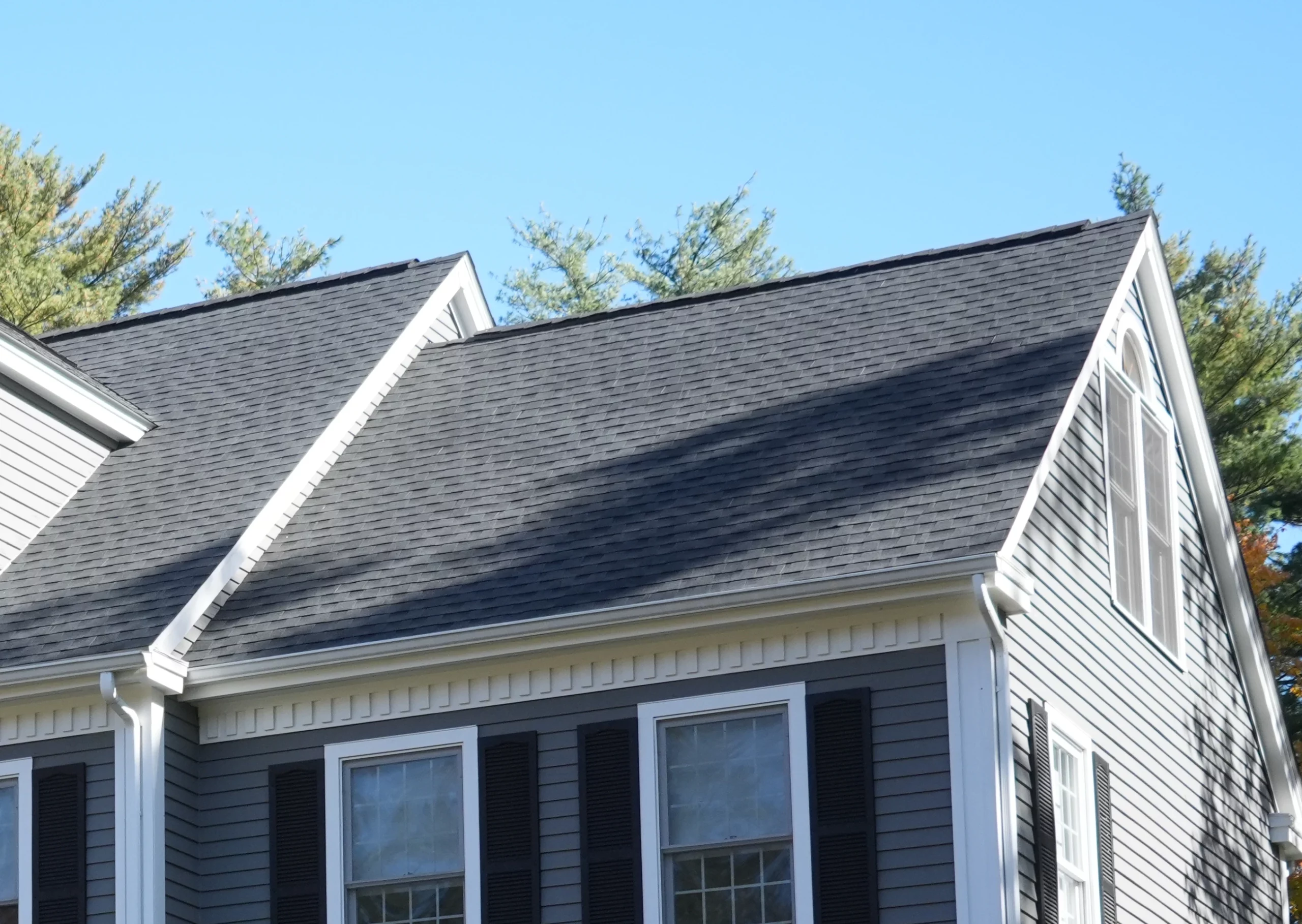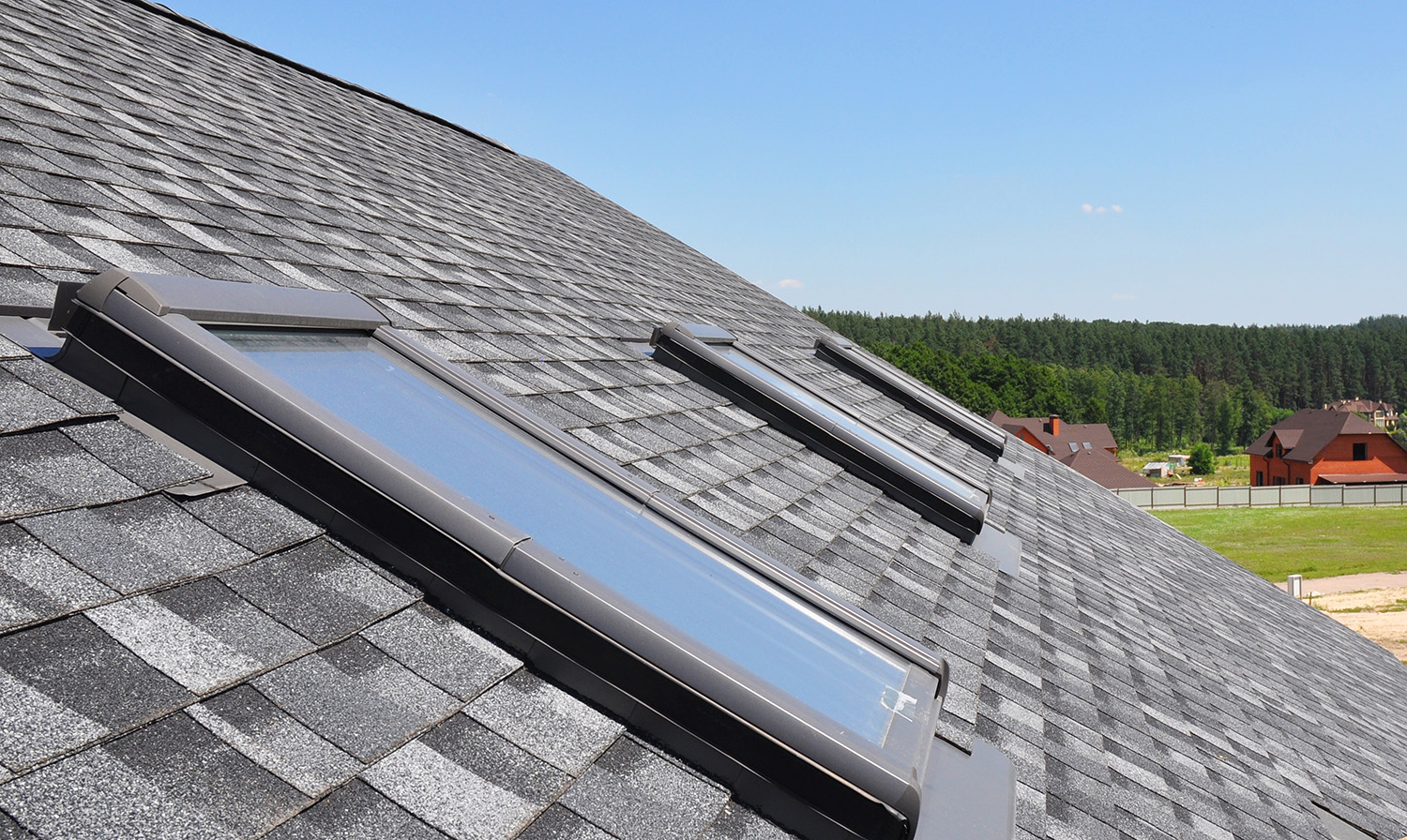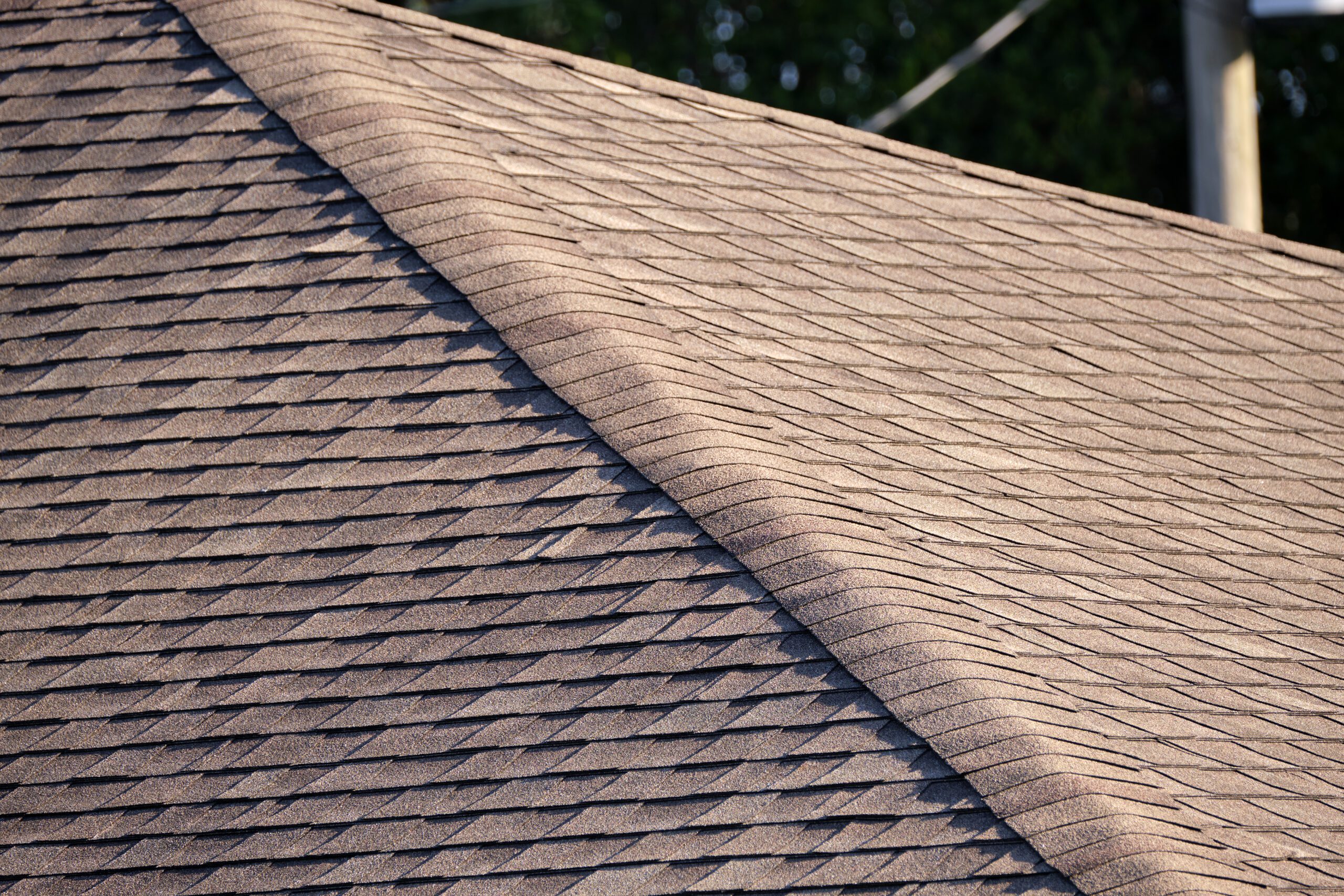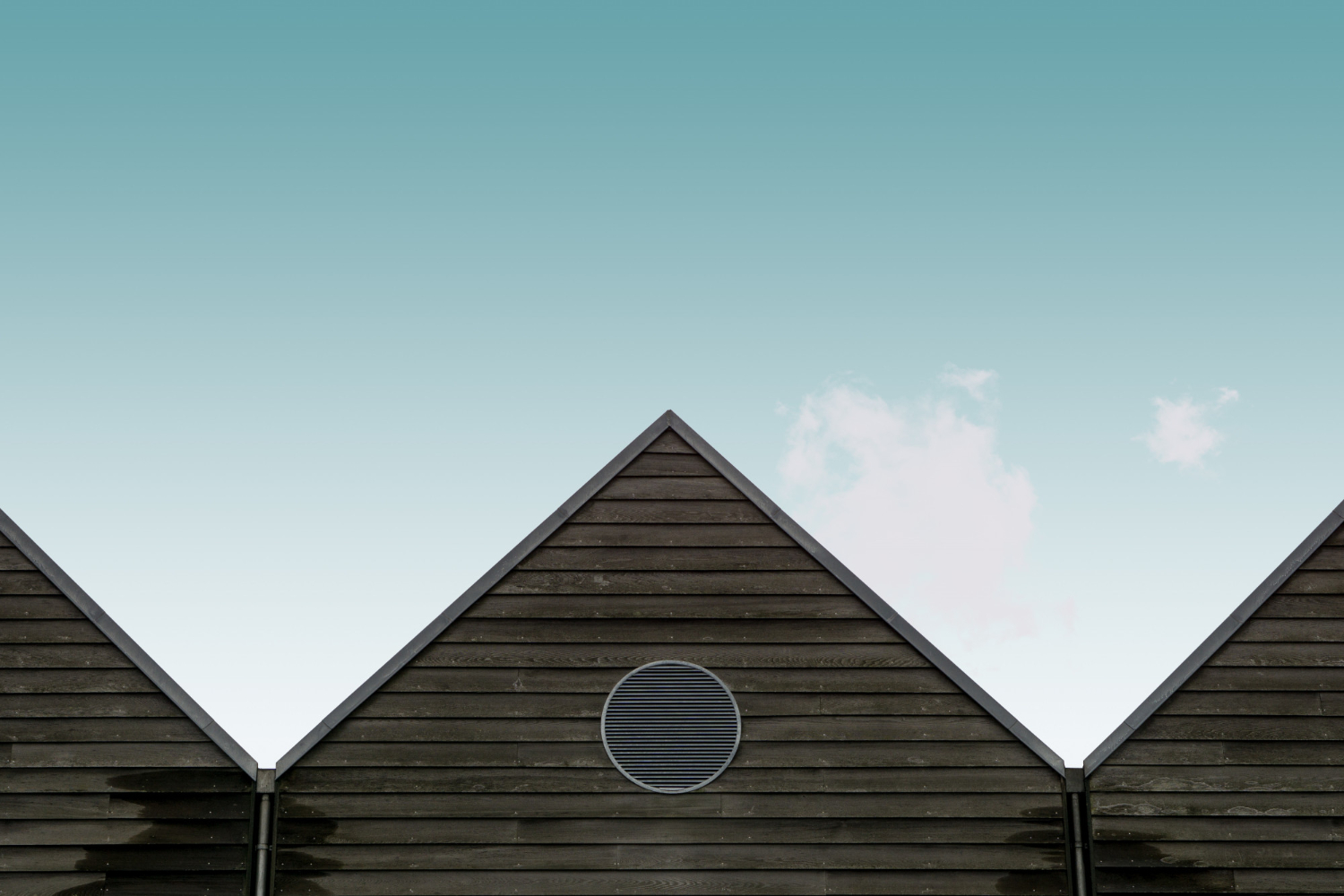Rain gutters are an integral component of a well-maintained roofing system. Essential for protecting your home’s foundation, siding, and landscaping from water damage, rain gutters collect and divert rainwater away from the structure of your home. Among the various gutter styles available, K-Style Rain Gutters have emerged as a popular choice for homeowners seeking a balance between functionality, durability, and architectural appeal. In this blog post, we will delve into the features and advantages of K-Style Rain Gutters and offer tips for choosing a reliable roofing contractor to ensure a seamless gutter installation process.
K-Style Rain Gutters, also known as ogee gutters, are distinguished by their flat bottoms and backs, with a decorative curved front edge that mimics the appearance of crown molding. This style of gutter offers superior water-carrying capacity compared to other gutter types, making them an ideal choice for homes in areas prone to heavy rainfall. Furthermore, K-Style Rain Gutters are known for their robust construction, typically crafted from aluminum or galvanized steel, which provides increased durability and a longer lifespan.
In addition to their functionality and durability, K-Style Rain Gutters also offer excellent aesthetic appeal. Their decorative front edge complements a wide range of architectural styles and adds an element of sophistication to your home’s exterior. By investing in K-Style Rain Gutters, you ensure not only efficient water management but also elevate the appearance and curb appeal of your home.
With Carnes & Son Roofing as your trusted residential roofing contractor in New Hampshire and Southern Maine, we specialize in providing expert installation and maintenance services for K-Style Rain Gutters, while offering tailored solutions that best suit your home’s unique requirements and design aesthetic. In the sections below, we will discuss crucial considerations and benefits of K-Style Rain Gutters to assist you in making an informed decision for your home improvement project.
Enhance Your Home’s Protection with K-Style Rain Gutters
Advantages of K-Style Rain Gutters
K-Style Rain Gutters offer numerous advantages that make them an attractive choice for homeowners. Some of these benefits include:
1. Superior Water Carrying Capacity: The unique design of K-Style Rain Gutters enables them to handle a larger volume of water than alternatives such as half-round gutters. This increased capacity is especially beneficial in regions prone to heavy rainfall, ensuring efficient water management and minimizing the risk of overflow.
2. Durability: K-Style Rain Gutters are typically constructed from heavy-duty materials such as aluminum or galvanized steel, providing robust structural integrity and long-lasting protection. These gutters are designed to withstand the elements, including harsh weather and debris buildup, requiring less frequent replacements than some other gutter styles.
3. Aesthetic Appeal: The distinctive, decorative front edge of K-Style Rain Gutters complements various architectural styles and contributes to an enhanced curb appeal. By choosing K-Style Gutters, you can benefit from a seamless blending of practical functionality and visually appealing design.
4. Ease of Installation: K-Style Rain Gutters are relatively simple to install for experienced roofing contractors, reducing the overall installation time and costs. These gutters are available in various lengths and can be easily customized on-site to accommodate specific size requirements.
Selecting the Right Material for Your K-Style Gutters
K-Style Rain Gutters can be constructed using a variety of materials, each offering its unique set of advantages. Some popular choices include:
1. Aluminum: Aluminum gutters are lightweight, easy to install, and resistant to rust. They offer a versatile and cost-effective option for homeowners and can be painted to match your home’s exterior.
2. Galvanized Steel: Galvanized steel gutters are sturdy, durable, and able to withstand harsh weather conditions. However, they can be susceptible to rust over time. Regular maintenance and rust prevention coatings will help prolong their lifespan.
3. Copper: Although more expensive than aluminum or galvanized steel, copper gutters provide unmatched durability and longevity. Copper gutters also develop a beautiful patina with age, adding a unique and sophisticated appearance to your home’s exterior.
4. Vinyl: Vinyl gutters are lightweight, inexpensive, and resistant to rust and corrosion. While they can be an attractive option for budget-conscious homeowners, vinyl gutters may become brittle and prone to cracking in extreme temperatures.
Gutter Maintenance and Cleaning
To ensure the optimal performance and lifespan of your K-Style Rain Gutters, regular maintenance and cleaning are essential. Proper upkeep of your gutter system includes:
1. Gutter Cleaning: It’s crucial to clean your gutters at least twice a year, removing accumulated debris such as leaves, twigs, and dirt to prevent clogging and allow for efficient water flow.
2. Inspections: Regular gutter inspections can help identify any potential issues, such as leaks, sagging, or damage to the gutter system, allowing for timely repairs and minimizing further damage to your home.
3. Gutter Guards: Installing leaf guards or gutter screens can help reduce the frequency of gutter cleaning, minimizing debris buildup and protecting your gutter system from clogs and potential damage.
4. Downspout Extensions: Ensure your downspouts have extensions to direct water safely away from your home’s foundation, reducing the risk of water damage and soil erosion.
Choosing the Right Roofing Contractor
To guarantee a successful K-Style Rain Gutter installation, it’s essential to partner with a reliable and experienced roofing contractor. When selecting the right contractor, consider the following factors:
1. Experience: Prioritize contractors with extensive experience in K-Style Rain Gutter installation and maintenance, ensuring they possess the necessary skills and knowledge to deliver quality results.
2. References and Reviews: Request references from previous clients and research online reviews to gauge the contractor’s reliability, professionalism, and ability to deliver satisfactory results.
3. License and Insurance: Verify that your prospective contractor holds a valid license and adequate insurance coverage, protecting you from potential liability or financial loss.
Conclusion
K-Style Rain Gutters provide an excellent balance between functionality, durability, and aesthetic appeal, making them a popular choice for homeowners seeking to enhance their home’s protection and appearance. By understanding the benefits of K-Style Gutters and partnering with a trusted roofing contractor, you can ensure a successful gutter installation and enjoy the long-lasting advantages this gutter style has to offer.
Carnes & Son Roofing is a leading residential roofing contractor in New Hampshire and Southern Maine, with a wealth of experience in K-Style Rain Gutter installation and maintenance. Our team of skilled professionals is dedicated to providing exceptional service, tailored solutions, and unparalleled expertise to help you protect and beautify your home. Contact us today to discuss your gutter needs and discover the benefits of K-Style Rain Gutters for your property.

